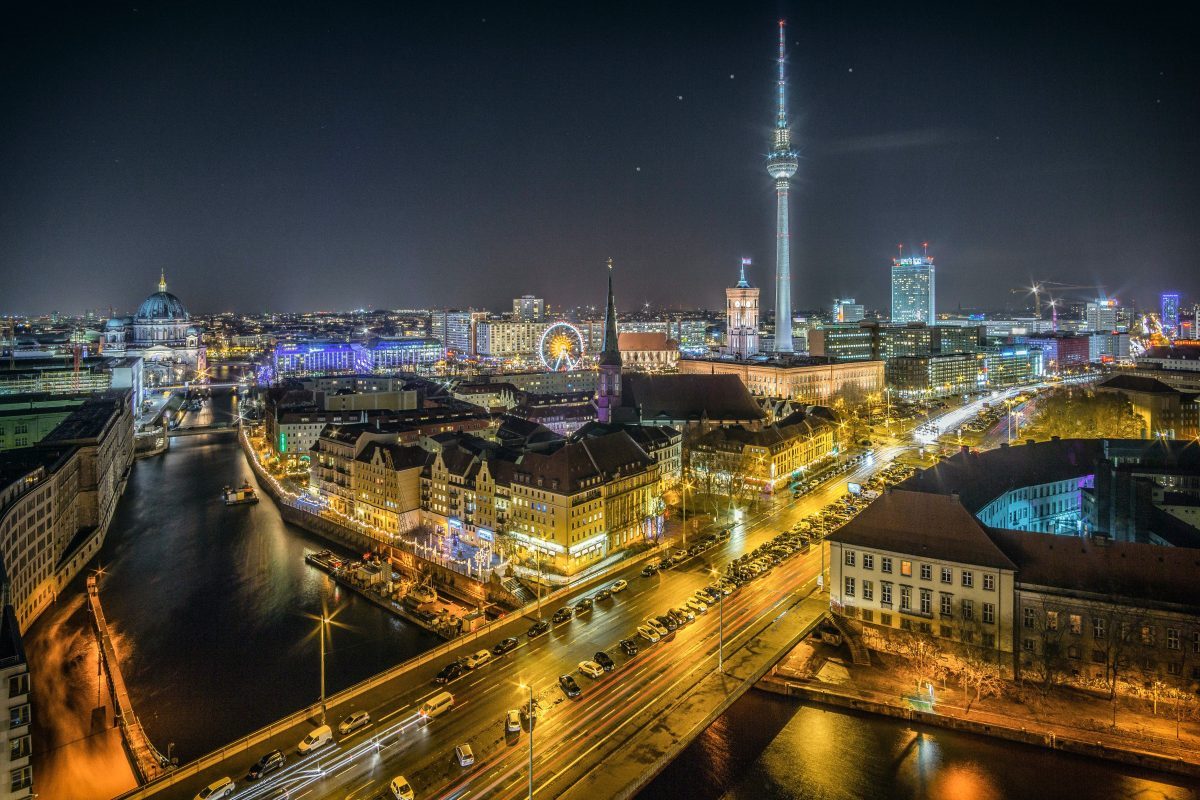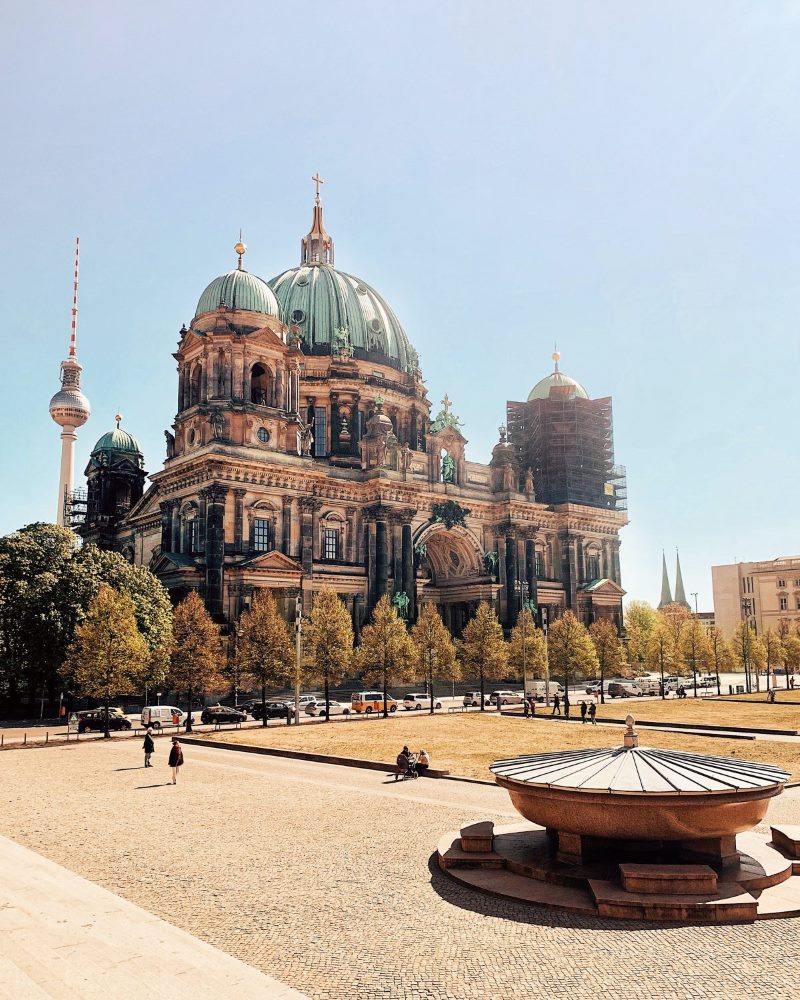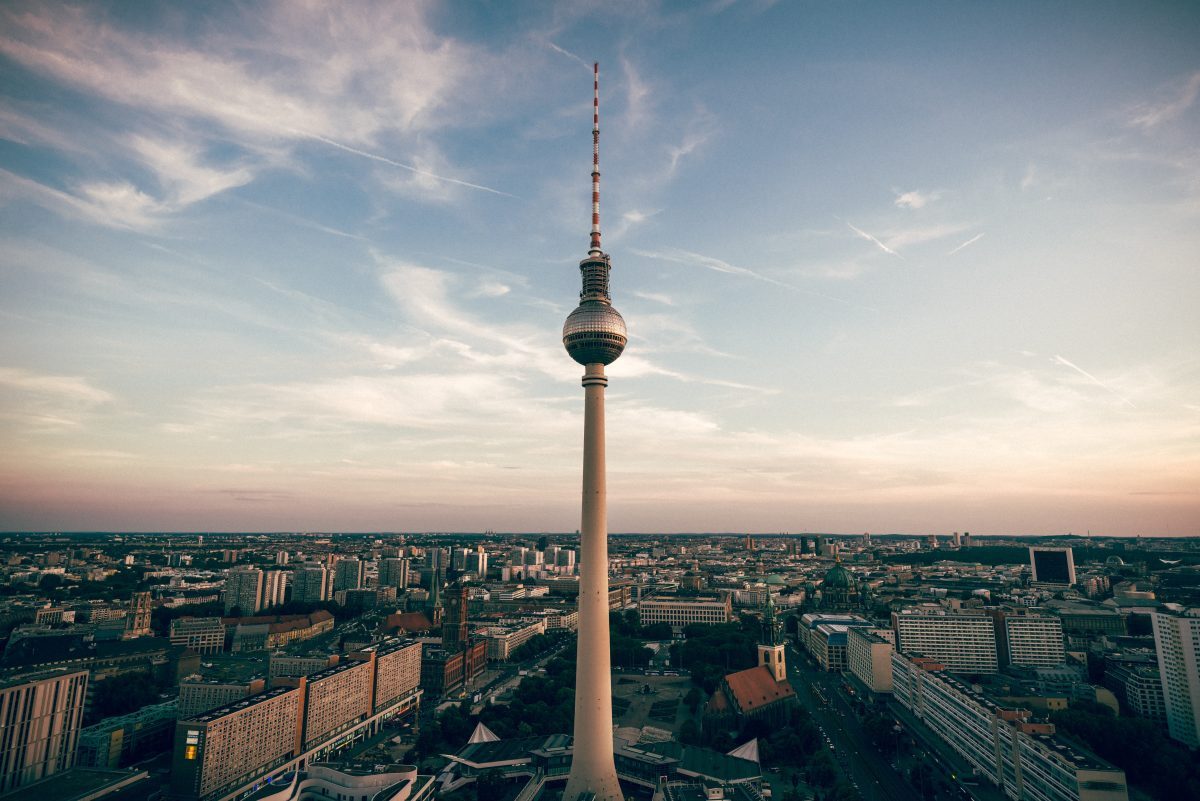Berlin Highlights and Hidden Sites Historical Walking Tour
Are you planning a trip to Berlin and want to learn about the city’s rich history and culture? Look no further than the Berlin Highlights and Hidden Sites Historical Walking Tour. Led by a knowledgeable local guide, this tour covers some of Berlin’s most famous landmarks as well as lesser-known sites that many group tours miss.Overview
During this walking tour, you will visit some of Berlin’s most popular attractions, including the famous Brandenburg Gate, the Reichstag parliament building, and Checkpoint Charlie. You’ll also get an up-close look at the remains of the Berlin Wall and learn about the city’s history from its medieval origins to its role as the capital of the Nazi Third Reich to the Cold War era and beyond.What to Expect
The Berlin Highlights and Hidden Sites Historical Walking Tour is a three-hour tour that covers approximately four miles of walking, so be sure to wear comfortable shoes and clothing appropriate for the weather. Along the way, your guide will provide in-depth commentary about the history and significance of the various landmarks you visit. The tour will begin at Pariser Platz, where you will see the iconic Brandenburg Gate and the nearby Reichstag building, home to the German parliament. From there, you will walk to the site of Hitler’s former bunker, where he spent his final days before his death in 1945. Next, you’ll visit the Topography of Terror museum, which documents the history of the Nazi regime in Germany. The museum is located on the site of the former Gestapo and SS headquarters, and your guide will provide insight into the various exhibits and displays. After the museum, the tour will continue to Checkpoint Charlie, the famous border crossing between East and West Berlin during the Cold War era. You’ll see the actual border checkpoint building and learn about the tension and conflict that defined this period of Berlin’s history. The tour will then take you to a section of the Berlin Wall that still stands, providing a stark reminder of the city’s divided past. Your guide will explain the history and significance of the wall and its eventual fall in 1989. Along the way, your guide will also take you to some lesser-known sites that many tourists miss, providing a deeper and more authentic look at the city and its people.Why Travelers Choose This Tour
Travelers choose the Berlin Highlights and Hidden Sites Historical Walking Tour because it offers an insider’s look at Berlin’s history and culture. Unlike many group tours, this tour covers both the famous landmarks and the lesser-known sites, providing a more complete understanding of the city’s past and present. One of the other reasons travelers love this tour is that it includes a Berlin map, allowing you to explore the city on your own after the tour is over. Additionally, the tour includes a local expert guide, ensuring that you get the most out of your time in Berlin.What’s Included
The Berlin Highlights and Hidden Sites Historical Walking Tour includes a local expert guide and all gratuities. Food and drinks are not included unless specifically stated.Book Your Tour
To book your Berlin Highlights and Hidden Sites Historical Walking Tour, visit viator.com and click “Book Now.” You’ll be asked to select your desired date and time, as well as the number of participants. Be sure to review the tour details and cancellation policy before finalizing your booking.
FAQ About Berlin
Are you planning a trip to Berlin? Here are some frequently asked questions about the city that might help you plan your visit.1. What is the best time to visit Berlin?
The best time to visit Berlin is from May to September when the weather is pleasant and outdoor activities are possible. However, this is also the peak season, so expect crowds and higher prices. If you are looking for cheaper accommodation and fewer crowds, you can visit Berlin during the shoulder season (April, October) or winter.2. What is the currency used in Berlin?
The currency used in Berlin (and Germany) is the Euro (€). You can exchange your currency at banks, exchange offices, or ATMs. Most shops, restaurants, and hotels accept credit cards, but it’s always a good idea to have some cash on you.3. What is the best way to get around Berlin?
Berlin has an excellent public transportation system consisting of buses, trams, trains, and subways. You can buy tickets at vending machines or online. If you plan to use public transport frequently, consider getting a day or week pass. You can also rent a bike or use ride-hailing apps like Uber or Lyft.4. What are the must-see attractions in Berlin?
Berlin has many attractions to visit, but here are some of the top ones:- Brandenburg Gate
- Reichstag building
- Berlin Wall Memorial
- Museum Island
- Checkpoint Charlie
- East Side Gallery
- Berlin Zoo
- Pergamon Museum
5. Is it safe to visit Berlin?
Berlin is a relatively safe city, but like any big city, it has its share of crime. You should take the usual precautions such as keeping an eye on your belongings, avoiding deserted areas at night, and taking licensed taxis. You can also consult the embassy or consulate of your country for safety tips and advice.6. What is the food like in Berlin?
Berlin has a diverse food scene with many international and local options. Some of the must-try dishes include currywurst (a type of sausage with curry ketchup), schnitzel (breaded meat), and doner kebab (Turkish-style grilled meat). There are also many vegan and vegetarian options. Don’t forget to try the local beer and wine.7. What is the nightlife like in Berlin?
Berlin is known for its vibrant nightlife, with many bars, clubs, and music venues. Some of the popular neighborhoods for nightlife include Kreuzberg, Friedrichshain, and Neukolln. The city has a mix of underground and mainstream venues that cater to all tastes.8. Do people in Berlin speak English?
Most people in Berlin speak English, especially those in the tourism and hospitality industries. However, it’s always appreciated if you try to learn some basic German phrases as a sign of respect for the local culture.9. What is the dress code in Berlin?
Berlin is a relatively casual city, and you can wear whatever you feel comfortable in. However, some places like fine dining restaurants and theaters may have a dress code, so it’s a good idea to check beforehand.10. What is the etiquette in Berlin?
The etiquette in Berlin is similar to other Western cities, and people are generally friendly and helpful. However, here are some things to keep in mind:- Always greet people with “Guten Tag” (Good day) or “Hallo” (Hello).
- Don’t jaywalk or cross the street when the light is red.
- Always wait for your turn in lines.
- Don’t litter or smoke in non-designated areas.
- Tip 10-15% at restaurants and cafes.
Book Your Tour Now
Berlin is a fascinating city with a rich history, culture, and nightlife. Whether you’re interested in sightseeing, food, or entertainment, there’s something for everyone in Berlin. By following these frequently asked questions and tips, you can have an enjoyable and memorable trip to this vibrant city.
How to Spend Your Time as a Tourist in Berlin
Are you planning a trip to Berlin? The capital city of Germany has a lot to offer, from its rich history to its vibrant cultural scene. Whether you’re visiting for a few days or a few weeks, there are plenty of things to see and do. Here’s a guide to help you make the most of your time in Berlin.1. Visit the Brandenburg Gate
The Brandenburg Gate is one of the most iconic landmarks in Berlin. It was built in the late 18th century and served as a symbol of peace and unity. Today, it’s a popular tourist attraction, with thousands of visitors coming each year to see this impressive monument. Take some time to admire the architecture and snap a few photos in front of the gate.2. Explore the Berlin Wall
The Berlin Wall was a wall that divided the city from 1961 until 1989. Today, only a few sections of the wall remain, but they serve as a powerful reminder of the city’s tumultuous past. Take a walk along the East Side Gallery, where you can see murals and graffiti art painted on the wall. You can also visit the Berlin Wall Memorial to learn more about the history of this infamous structure.3. Visit Museum Island
Museum Island is home to five of Berlin’s most famous museums, including the Pergamon Museum, the Neues Museum, and the Alte Nationalgalerie. If you’re a fan of art and history, this is the perfect place to spend a day. Be sure to check out the famous bust of Nefertiti at the Neues Museum and the Ishtar Gate at the Pergamon Museum.4. Take a Stroll in Tiergarten Park
Tiergarten Park is a large park in central Berlin that offers a peaceful escape from the city. The park is home to a lake, a rose garden, and several monuments and memorials. Take a stroll along the paths or rent a bicycle to explore the park. You can also visit the Berlin Zoo, which is located within the park.5. Visit Checkpoint Charlie
Checkpoint Charlie was a border crossing between East and West Berlin during the Cold War. Today, a replica of the checkpoint stands as a tourist attraction, complete with guards dressed in period uniforms. You can also visit the Checkpoint Charlie Museum to learn more about the events that occurred at this historic site.6. Try Some Local Cuisine
Berlin has a rich culinary scene that’s worth exploring. Be sure to try some traditional German dishes like schnitzel, currywurst, and sauerbraten. You can also sample some local beer or visit a Berliner Weisse brewery for a taste of the city’s famous sour beer.7. Visit the Berlin Cathedral
The Berlin Cathedral is a stunning example of architecture from the early 20th century. The cathedral houses an impressive collection of religious artifacts and artwork. Climb to the top of the cathedral’s dome for panoramic views of the city.8. Take a Boat Tour on the Spree River
A boat tour along the Spree River is a great way to see the city from a different perspective. Some of the tours even include a meal or drinks onboard. You’ll pass by many of Berlin’s famous landmarks, including the Reichstag Building, the Berlin Cathedral, and Museum Island.9. Visit the Berliner Dom
The Berliner Dom is a Protestant cathedral located on Museum Island. The cathedral was built in the late 19th century and features a stunning interior with intricate mosaics and stained glass windows. You can also climb to the top of the dome for panoramic views of the city.10. Explore the Nightlife Scene
Berlin is known for its vibrant nightlife scene, with clubs and bars that stay open until the early hours of the morning. Some of the popular spots include Berghain, Tresor, and Watergate. If you’re looking for a more low-key night out, head to one of the city’s many beer gardens or wine bars. In conclusion, Berlin is a city full of history, culture, and adventure. With so many things to see and do, it’s easy to fill your itinerary. From exploring historic landmarks to trying local cuisine, you’re sure to have an unforgettable experience in Berlin.Table of Contents

